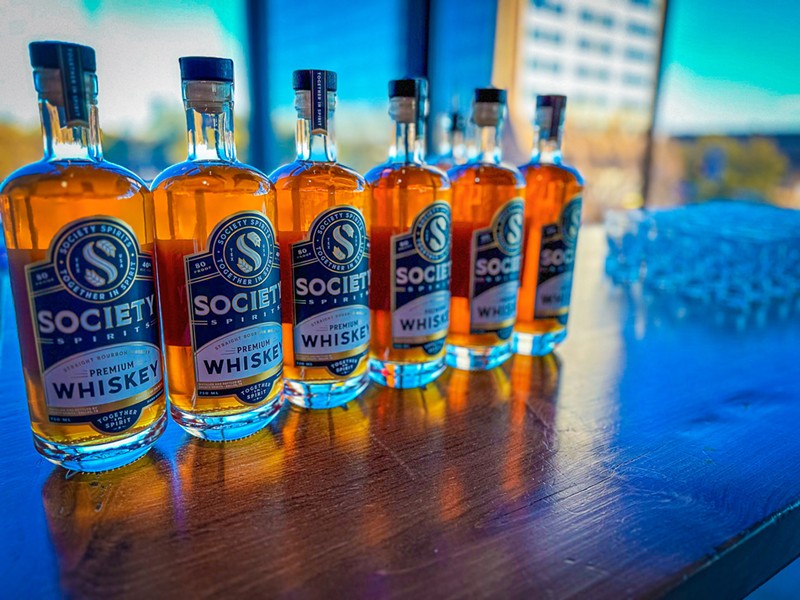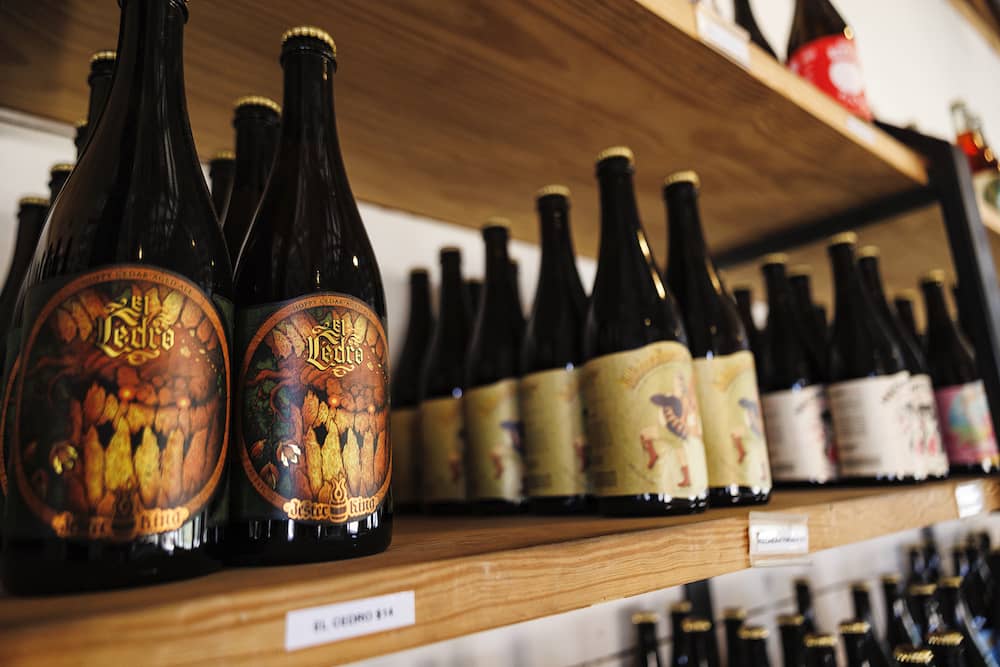Experience Costs Galveston Whiskey: A Connoisseur's Delight
Experience Costs Galveston Whiskey: A Connoisseur's Delight
Blog Article
From Mash to Container: The Intricacies of Craft Distillery Manufacturing Revealed
Craft distillery manufacturing is a meticulous process that includes a collection of complex steps to transform raw components into a refined spirit all set for consumption. From the preliminary stages of mash preparation to the final touches of bottling and classifying, each phase of production plays a critical duty in shaping the character and high quality of the final product (Seawall Bar). As we unravel the intricacies of craft distillery manufacturing, we will certainly discover the creativity and scientific research behind each step, losing light on the surprise globe that finishes in the creation of a one-of-a-kind and exceptional spirit
The Art of Mash Prep Work
Mash prep work in craft distillery production is a careful process that lays the foundation for the top quality and taste account of the last distilled spirits. The art of mash preparation involves combining grains such as barley, corn, rye, or wheat with water and enzymes to transform the starches into fermentable sugars. This vital step requires accuracy in the choice of grains, water top quality, and enzyme task to make certain ideal sugar extraction throughout fermentation.
Craft distilleries take excellent treatment in sourcing premium grains as they directly influence the taste and character of the spirits. The proportions of various grains made use of in the mash bill are additionally thoroughly determined to achieve the preferred taste profile. In addition, aspects such as water temperature, pH degrees, and mixing strategies play a considerable role in the mashing procedure.
When the mash is prepared, it undergoes fermentation, where yeast is contributed to transform sugars right into alcohol. The high quality of the mash straight influences the performance of fermentation and ultimately, the total quality of the distilled spirits. Craft distilleries satisfaction themselves on their attention to information during mash prep work, acknowledging its importance in producing exceptional spirits.
Fermentation: Changing Components Into Alcohol
How do craft distilleries transform meticulously prepared components into alcohol with the procedure of fermentation? Fermentation is an important action in craft distillery production where yeast connects with sugars to produce alcohol. After the mash prep work phase, the liquid, understood as wort, is moved to fermentation tanks. Yeast is then included in the wort, where it eats the sugars present in the mix, converting them into alcohol and carbon dioxide.

Throughout fermentation, the temperature and environment are very closely kept an eye on to guarantee optimum conditions for yeast activity. This procedure usually takes numerous days to a week, depending upon the preferred alcohol content and taste profile. As the yeast works its magic, the fluid undergoes significant chemical modifications, leading to the formation of alcohol.
As soon as fermentation is complete, the resulting fluid is recognized as the wash or beer. This alcoholic fluid acts as the foundation for the subsequent purification process, where it will be changed right into the final spirit with careful craftsmanship and click over here accuracy strategies.
Distillation Methods and Equipment
Using specific tools and precise methods, craft distilleries use various distillation techniques to essence and improve the alcohol material of the fermented laundry, ultimately shaping the character and high quality of the final spirit. Purification is the procedure of dividing alcohol from the fermented liquid through evaporation and condensation. Craft distilleries normally use pot stills, column stills, or hybrid stills in their distillation processes. Pot stills, containing a swan and a pot neck, are known for creating delicious spirits with abundant structures. On the various other hand, column stills, which have several plates for purification, are preferred for developing lighter and smoother spirits. Crossbreed stills incorporate elements of both pot and column stills, supplying distillers adaptability in crafting a varied variety of spirits. browse this site The selection of still and the purification technique utilized substantially influence the aroma, flavor, and total top quality of the distilled spirit. Craft this post distillers often experiment with various tools setups and distillation methods to accomplish distinct and phenomenal spirits that show their creative thinking and knowledge.
Aging Refine: From Barrel to Bottle
With the distilled spirits now prepared, the emphasis changes towards the important stage of the aging procedure, where the transformation from barrel to bottle imbues the liquid with distinctive flavors and characteristics. The choice of barrel type, whether oak, charred, or formerly utilized for other spirits, considerably influences the final taste profile.

Bottling and Classifying: Last Touches
Upon completion of the aging procedure, the craft distillery very carefully proceeds with the precise tasks of bottling and classifying, adding the last touches that will present the spirit to customers. Craft distilleries usually utilize automated bottling lines equipped with equipment such as labelers, cappers, and fillers to enhance the process.
Classifying is one more important facet of the bottling process. Distilleries pay close interest to classify design, ensuring it abides by regulative requirements while additionally communicating the brand name's identity. Tags typically consist of crucial information like the spirit's name, alcohol material, and origin. Furthermore, some craft distilleries hand-label their containers for a customized touch, specifically for restricted version releases.
As soon as the bottles are filled up, secured, and labeled, they go through a last examination to guarantee they satisfy the distillery's requirements. This attention to detail in the bottling and identifying procedure reflects the craft distillery's commitment to supplying a costs item to consumers.

Final Thought
To conclude, the procedure of craft distillery production includes meticulous steps such as mash prep work, fermentation, distillation, aging, and bottling (Breweries in Galveston Texas). Each stage calls for cautious focus to detail and customized equipment to make certain the end product meets high requirements of high quality. From transforming active ingredients right into alcohol to bottling and labeling the ended up product, craft distilleries display the art and scientific research behind producing exceptional spirits for discerning customers
Craft distillery manufacturing is a meticulous procedure that entails a series of detailed actions to transform raw components into a refined spirit all set for intake.Mash preparation in craft distillery manufacturing is a thorough process that lays the foundation for the high quality and flavor account of the last distilled spirits. Craft distilleries satisfaction themselves on their interest to detail during mash prep work, acknowledging its importance in developing outstanding spirits.
Upon conclusion of the aging procedure, the craft distillery carefully continues with the precise jobs of bottling and identifying, adding the last touches that will certainly offer the spirit to customers. From changing active ingredients into alcohol to bottling and classifying the completed item, craft distilleries showcase the art and science behind producing premium spirits for discerning consumers.
Report this page